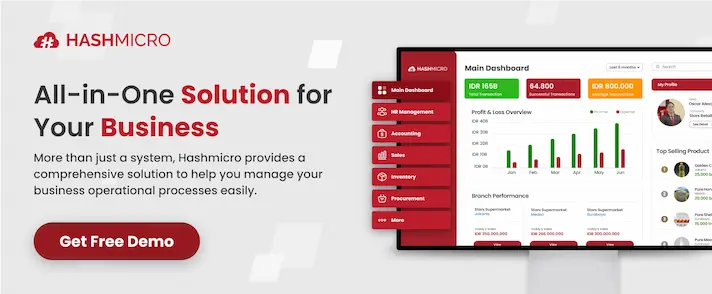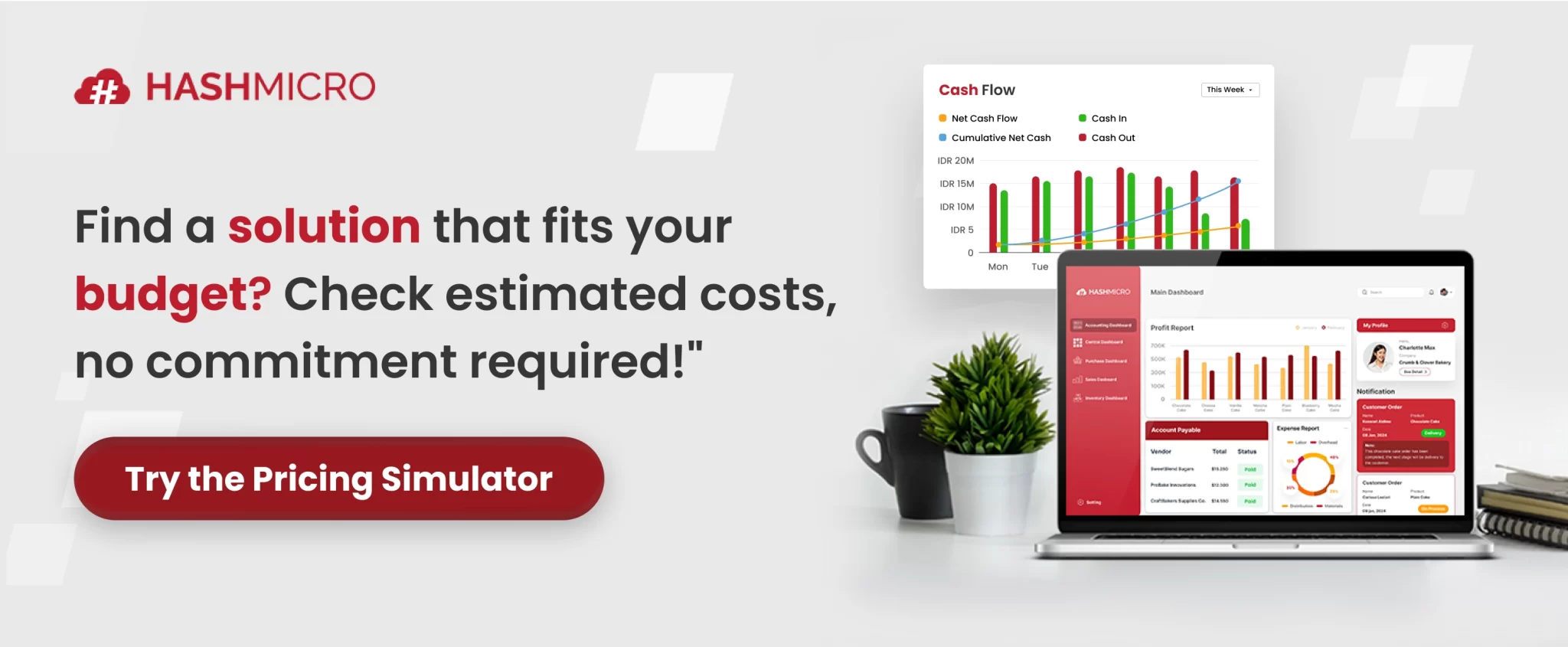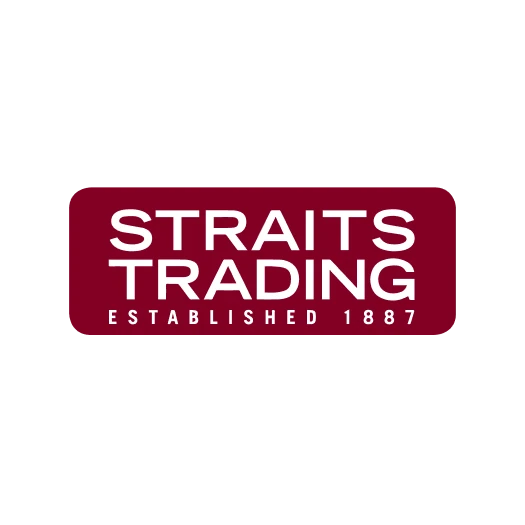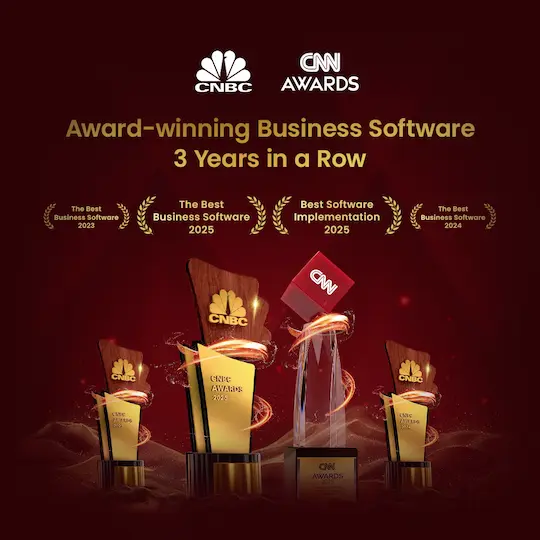Business leaders understand the actual cost of empty shelves or delayed deliveries: lost revenue, dissatisfied customers, and increased operational costs. Often, the root cause is poor inventory management.
Stock replenishment, the practice of restocking products at the right time and in the right quantities, addresses this challenge by maintaining product availability without creating excess inventory. For managers and executives, effective inventory replenishment is not just an operational task.
It is a driver of efficiency, profitability, and stronger customer loyalty. In this guide, you will learn what inventory replenishment is, why it matters, and how to build a strategy that keeps your business competitive and resilient in 2026.
Key Takeaways
|
What is Stock Replenishment?
Stock replenishment is the systematic process of restoring inventory levels after products have been sold, used, or moved within the supply chain. It involves tracking stock movements, identifying when quantities reach a predefined threshold, and initiating the necessary actions to restock from warehouses, suppliers, or production lines.
The process can be managed manually, through scheduled reviews, or with automated systems that adjust orders in real time. By doing so, replenishment ensures that inventory flows smoothly across different stages of the business, from procurement and storage to distribution and retail.
How Does Stock Replenishment Work
To better understand how stock reordering works in practice, let’s break down the key aspects that define this process.
- Restocking Process: Replenishment involves bringing products back into inventory after sales, transfers, or usage within operations.
- Monitoring Stock Levels: Businesses track inventory quantities to identify when items need to be reordered.
- Reorder Triggers: Actions to restock can be based on predefined thresholds, scheduled reviews, or automated systems.
- Sources of Replenishment: Inventory can be replenished from central warehouses, suppliers, or in-house production lines.
- Methods of Management: Companies may handle replenishment manually or use digital systems that streamline and automate the process.
Why Is Effective Stock Replenishment Important?
Effective stock replenishment is crucial because it directly influences a company’s ability to operate smoothly and meet market demand. A well-managed replenishment process ensures that products are restocked in a timely manner and supported by adequate buffer stock, which provides an extra safeguard against sudden demand spikes or supply delays.
This approach allows businesses to prevent costly disruptions, maintain consistent product availability, and reduce the risks associated with both overstocking and understocking.
For managers and executives, replenishment supported by buffer stock is not just an operational detail but a strategic element that protects business continuity, financial stability, and customer trust.
Stock Replenishment Process and Strategies

To implement stock restocking effectively, companies need to understand both the process that keeps inventory flowing and the strategies that guide how replenishment decisions are made.
1. Stock Replenishment Process
The replenishment process outlines the practical steps businesses take to maintain the right level of inventory:
- Demand Monitoring: Tracking sales patterns and consumption data to understand how inventory moves.
- Reorder Triggers: Defining stock levels or signals that prompt replenishment orders.
- Buffer Stock Management: Keeping additional stock as a safeguard against demand fluctuations or supply chain delays.
- Supplier Coordination: Engaging suppliers or production units to ensure timely replenishment.
- Review and Adjustment: Continuously analyzing performance to refine reorder points and stock policies.
2. Stock Replenishment Strategies
Beyond the process, businesses can adopt different strategies to fit their operational model:
- Periodic Review: Inventory is checked at regular intervals, and replenishment is ordered based on current levels.
- Continuous Review: Inventory is monitored in real time, and replenishment occurs immediately once stock reaches a predefined threshold.
- Just-in-Time (JIT): Replenishment is closely aligned with actual demand, minimizing storage but requiring highly reliable supply chains.
- Automated Replenishment: Digital systems and analytics drive replenishment decisions, reducing manual effort and improving accuracy.
Stock Replenishment Best Practices
Adopting best practices in stock replenishment helps businesses maintain consistent product availability while optimizing resources across the supply chain. These practices often include setting clear reorder points, monitoring demand trends, and maintaining appropriate buffer stock to handle unexpected changes.
Collaboration with reliable suppliers is also essential to ensure timely restocking and minimize lead time risks. Many organizations now rely on stock management software to automate these processes, improve accuracy, and provide real-time visibility into inventory levels.
By following these best practices, companies can strengthen operational efficiency and build greater resilience in their supply chains.
How HashMicro Simplifies Stock Replenishment for Growing Businesses
As businesses expand, managing stock replenishment becomes increasingly complex with larger product ranges, multiple warehouses, and tighter customer expectations.
HashMicro simplifies this process by offering an integrated system that automates routine tasks, enhances visibility across the supply chain, and supports data-driven decision-making.
Instead of relying on manual monitoring, managers and executives gain real-time insights that make replenishment faster, more accurate, and more efficient. Key features of HashMicro for stock restocking:
- Automated Reorder Management: Set up predefined reorder points so the system triggers replenishment requests automatically when stock levels fall.
- Real-Time Inventory Tracking: Monitor stock availability across multiple locations to prevent shortages or overstock.
- Demand Forecasting: Use historical data and intelligent analytics to predict future demand and adjust replenishment plans accordingly.
- Supplier Integration: Streamline communication with suppliers and track lead times to ensure timely restocking.
- Comprehensive Reporting: Access detailed reports and dashboards that provide complete visibility into stock performance and replenishment cycles.
- Hashy AI Assistance: Replenish stock effortlessly through a simple chat with Hashy AI. Just type your request, and the system will automatically process replenishment, making inventory management faster and more intuitive.
Conclusion
Stock replenishment is more than just an operational task; it is a strategic process that helps companies secure business continuity, profitability, and stronger customer relationships. By applying the methods, strategies, and best practices discussed in this guide, companies can strengthen their supply chains and respond effectively to changing market demands.
To simplify and automate these efforts, many companies rely on HashMicro, a comprehensive solution that provides real-time visibility and accurate replenishment control.
Suppose your company is ready to optimize inventory management and reduce the risks of stockouts or excess stock. In that case, you can experience the benefits firsthand by requesting a free demo with HashMicro.
Warning: Undefined array key "med" in /home/hashmicr/public_html/blog/wp-content/plugins/insert-headers-and-footers/includes/class-wpcode-snippet-execute.php(419) : eval()'d code on line 281

FAQ Stock Replenishment
-
What are the methods of inventory replenishment?
Many businesses use the demand strategy for inventory replenishment. It’s simple and straightforward: replenishment is based on demand. Restocking or reordering is limited only to what’s needed to fill orders. This, too, requires careful planning to ensure you’re prepared for future demand fluctuations.
-
What are the 4 inventory methods?
The four main inventory valuation methods are FIFO or First-In, First-Out; LIFO or Last-In, First-Out; Specific Identification; and Weighted Average Cost.
-
What are the four stages of a stock?
There are four phases of the stock cycle: accumulation; markup; distribution; and markdown.


